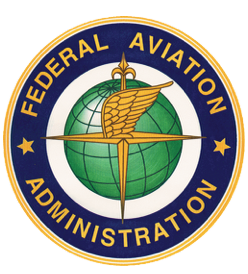As this is written in late February 2023, U.S. aviation is taking stock of the remarkable safety record it has achieved over the last several years at the same time it’s wondering how the heck there have been two big-deal near-collisions of jet transports since the first of the year.
On January 13, an American Airlines Boeing 777 taxied across a runway at JFK in front of a departing Delta Air Lines Boeing 737. No paint was swapped. On February 4, a Southwest Airlines 737 apparently took off underneath a Federal Express Boeing 767 as it went around in low IFR conditions. That was in Austin, Texas. There have been other close calls, but these two got widespread attention, in part because they involved air traffic control as well as pilot error.
And there have been major, non-safety-related disruptions: Southwest Airlines’ scheduling software meltdown and the FAA’s Notam fiasco easily come to mind. With all that going on, it’s no surprise acting FAA Administrator Billy Nolen on February 14 issued a “call to action” memo to his agency’s management board, announcing he’s forming a “safety review team to examine the U.S. aerospace system’s structure, culture, processes, systems, and integration of safety efforts.”
There’s little question the U.S. aviation system is the safest in the world. For example, the U.S. has not had a major fatal passenger airline crash since February 2009. According to the NTSB, fatalities occurring in 2010 through 2019 number six. Not six per year, but six for the entire 10 year-period.
That said, the system has been flashing a few warning lights over the last couple of years. Pilot shortages combined with post-pandemic travel demands and seasoned with an accompanying air traffic controller shortage have generated vacancies in cockpits and before radar screens. Some understaffed facilities, like the Jacksonville, Florida, ARTCC, serve as bottlenecks along heavily traveled routes even when adjoining facilities are capable of handling the traffic.
But even if every airline cockpit had two senior pilots aboard and every controller position was fully staffed, there would still be crowded runways and taxiways, leading to the kinds of events we saw recently at JFK and AUS. It seems the problem isn’t staffing or processes as much as it is meeting the growing demand for air travel.
And that means throwing bodies at the problem likely won’t fix it. As Nolen told his staff about fresh ways to look at Aviation Safety Information Analysis and Sharing data, “We need to mine the data to see whether there are other incidents that resemble ones we have seen in recent weeks. And we need to see if there are indicators of emerging trends so we can focus on resources to address now.” Nolen’s safety review team also will assess the FAA Air Traffic Organization’s systems.
It’s time. The master caution light is flashing.
— Jeb Burnside




